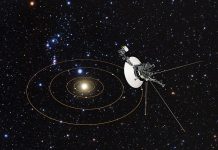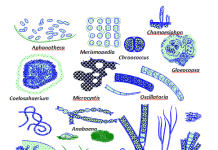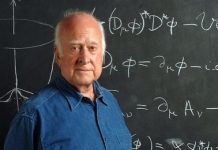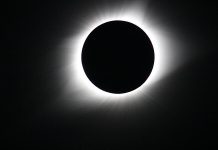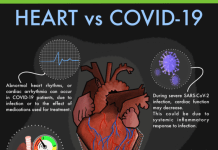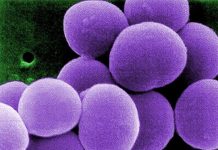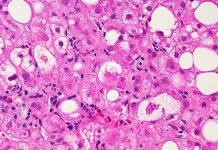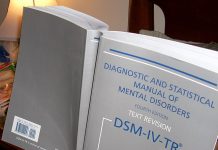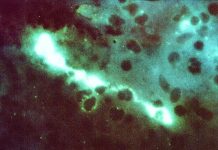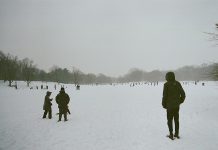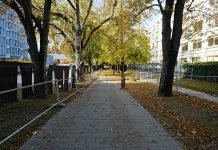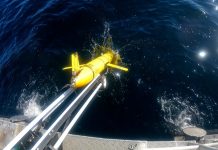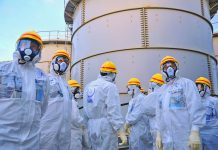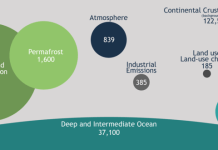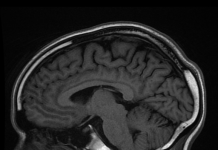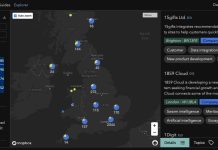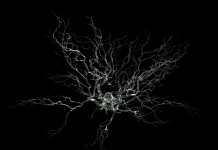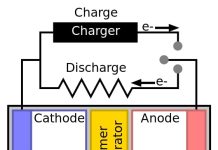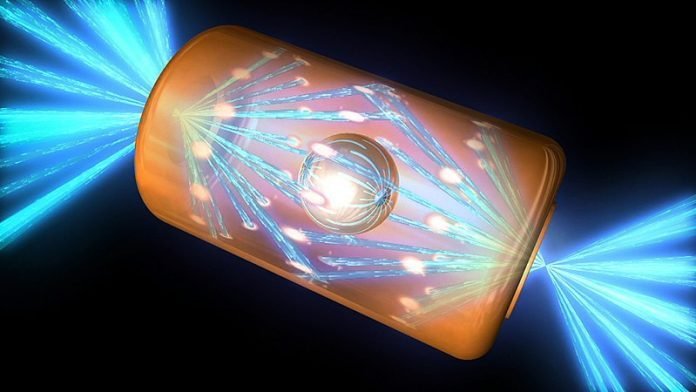‘Fusion Ignition’ achieved first in December 2022 has been demonstrated another three times to date at National Ignition Facility (NIF) of Lawrence Livermore National Laboratory (LLNL). This is a step forward in fusion research and confirms proof-of-concept that controlled nuclear fusion can be exploited to meet energy needs.
On 5th December 2022, the research team at Lawrence Livermore National Laboratory (LLNL) conducted controlled fusion experiment using lasers and achieved ‘fusion ignition’ and energy break-even meaning the fusion experiment produced more energy than provided by the laser to drive it. This was a milestone in science with significant implications for the prospect of clean fusion energy in the future. Fusion ignition, a self-sustaining fusion reaction had been eluding fusion research community for several decades.
In order to verify fusion ignition and energy breakeven achieved on 5th December 2022 was not a chance artifact, the LLNL researchers repeated the controlled fusion experiment in the laser laboratory at National Ignition Facility (NIF) five times and achieved fusion ignition at least three times to date this year. The fusion ignitions were clearly achieved in experiments conducted on 30th July 2023, 8th October 2023 and 30th October 2023 while in other two attempts, ignition could not be confirmed due to high uncertainty in measurements.

Thus, LLNL has achieved fusion ignitions four times to date.
Commercial fusion energy is still a far-off dream however achieving fusion ignition repeatedly is a step forward in fusion research and confirms proof-of-concept that controlled nuclear fusion can be exploited to meet energy needs.
***
References:
- Danson CN, Gizzi LA. Inertial confinement fusion ignition achieved at the National Ignition Facility – an editorial. High Power Laser Science and Engineering. 2023;11: e40. DOI: https://doi.org/10.1017/hpl.2023.38
- Lawrence Livermore National Laboratory. News – LLNL’s National Ignition Facility delivers record laser energy. Published 30 October 2023. Available at https://www.llnl.gov/article/50616/llnls-national-ignition-facility-delivers-record-laser-energy
- McCandless, K, et al 2023. How Accurate Laser Physics Modeling is Enabling Nuclear Fusion Ignition Experiments. 26 September 2023 United States: N. p., 2023. Web. https://www.osti.gov/servlets/purl/2202544
***


